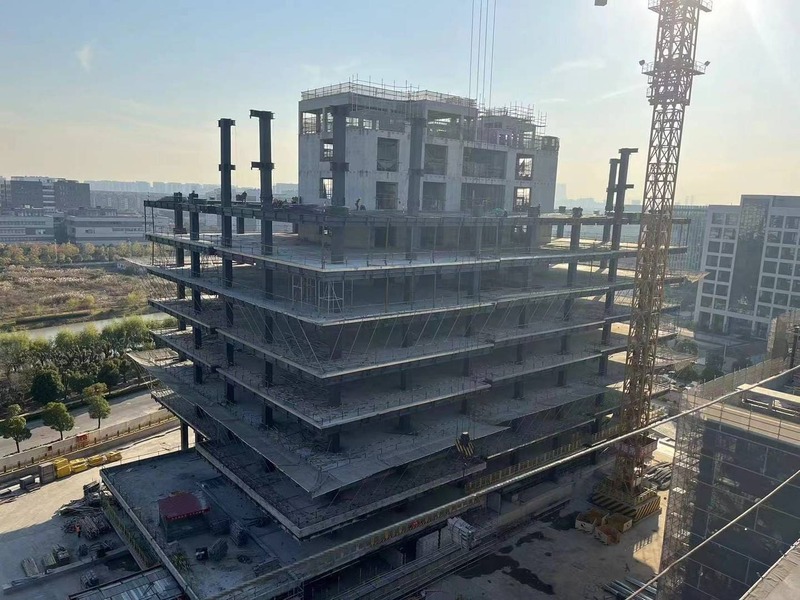1/17/2025
When selecting materials for preliminary design, many customers often consider their own building needs but do not know what structural materials are more suitable for their buildings and regions. In this article, Suzhou Wujiang XTD Steel Structure Engineering Co., Ltd. will explain the differences between steel and concrete structures and their characteristics.

Compared with concrete structures, steel structures are more energy-saving and environmentally friendly. Its high strength, good earthquake resistance, and fast construction speed make it very suitable for producing and constructing component factories. Steel has high strength and high elasticity. Compared with concrete, its density and yield strength are relatively low. Therefore, under the same stress conditions, the cross-section of steel structure components is small, the deadweight is light, and it is easy to transport and install. It suits structural scenes with large spans, high heights, and heavy loads. The strength of steel is extremely high, and its yield strength far exceeds that of concrete structures. When a large-span spatial layout is required in large commercial buildings, steel structures can easily span large distances and withstand huge loads with smaller component sizes.
If a concrete structure wants to achieve the same span, it has to increase the cross-sectional dimensions of beams and columns, which not only takes up more space but also increases the overall weight of the building. With its toughness and ductility, the steel structure can effectively absorb and consume earthquake energy through its powerful structural deformation like a flexible "dancer" when an earthquake strikes.Concrete structure: The construction process of concrete structure is relatively complicated and time-consuming. The steel bars must first be processed and tied during construction, just like building a skeleton. The steel bars are made into various shapes and sizes according to the design requirements and fixed in place.
Steel structure: Steel structure components are easy to manufacture in the factory and assemble on-site. The factory will mechanize the steel structure components in advance to ensure the high quality and precision of the finished product. At the same time, steel structures have the advantages of high production efficiency, fast assembly speed on site, and a short construction period.

In the production process of concrete structures, cement manufacture requires many non-renewable resources, such as limestone. There are many wet operations during construction and after demolition, and the treatment of waste concrete has always been a big problem. It can only be landfilled as construction waste, which puts great pressure on the environment. Concrete structures have strong durability and good fire resistance, but at the same time, their engineering and maintenance costs will also increase.
In some buildings in earthquake-prone areas, steel structure buildings can often maintain good structural integrity in earthquakes, which greatly increases the chance of survival of personnel. Concrete structures, conversely, are more brittle and prone to cracks, breaks, or even collapse under the strong impact of an earthquake. (Find the link to accidents involving concrete during earthquakes)
Popular Keywords: Space Truss Structure, Space Frame Structure